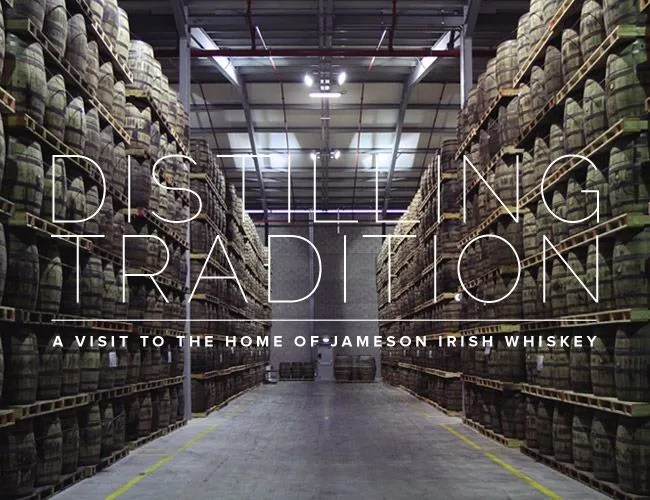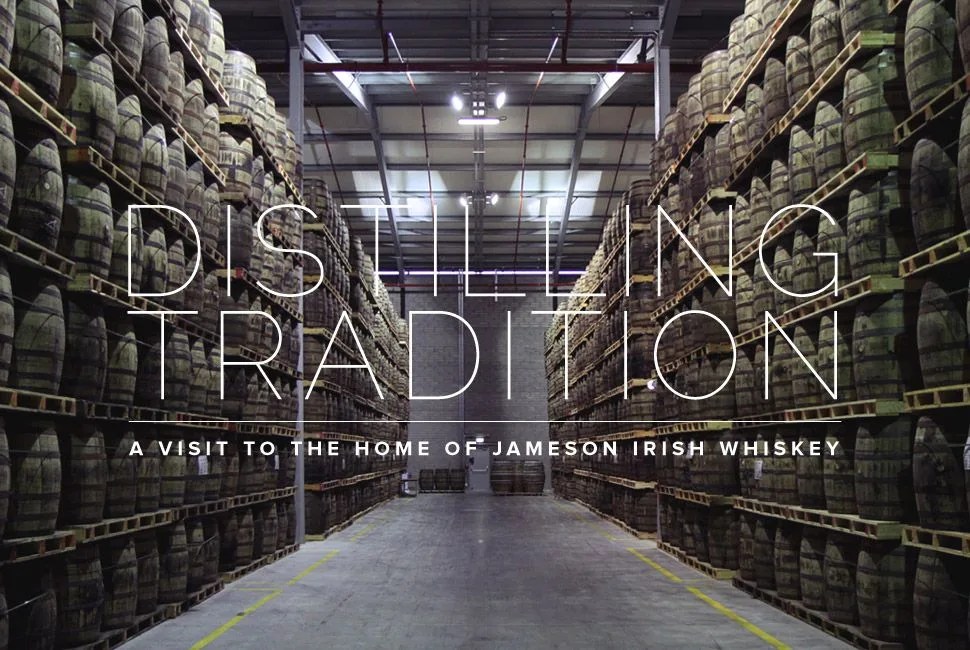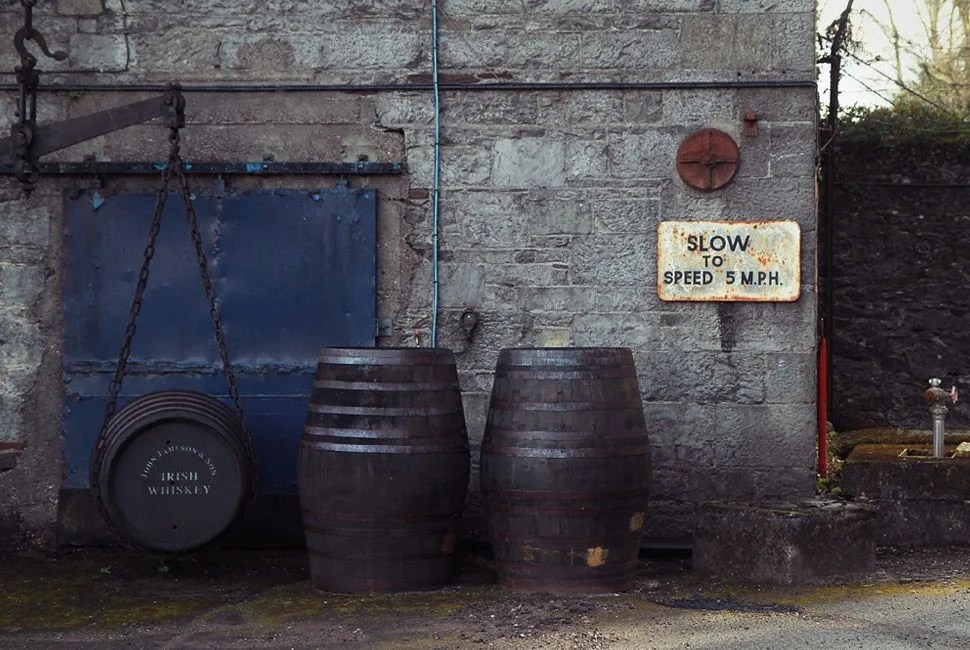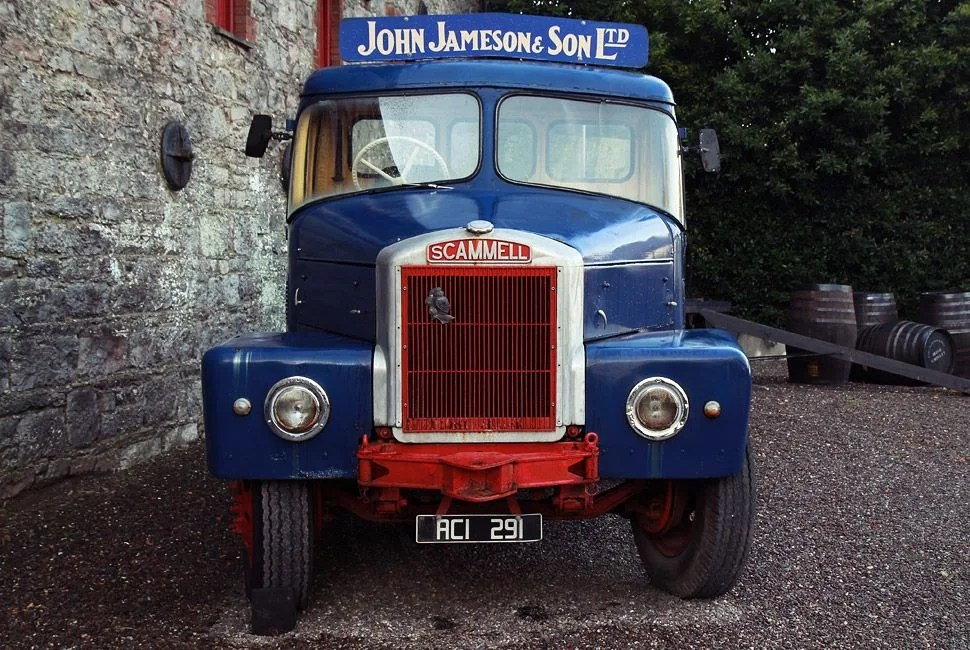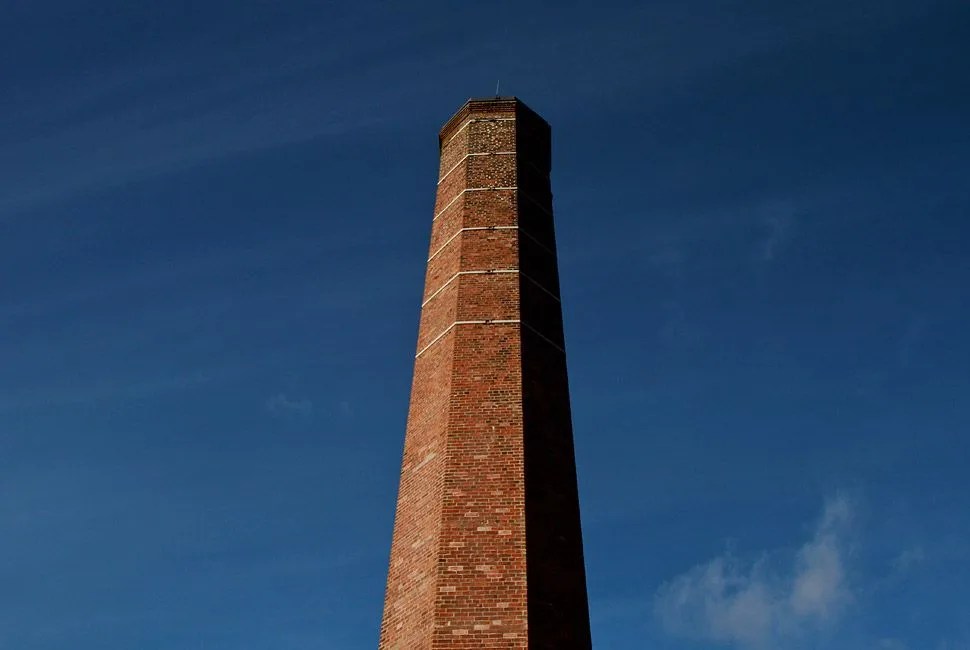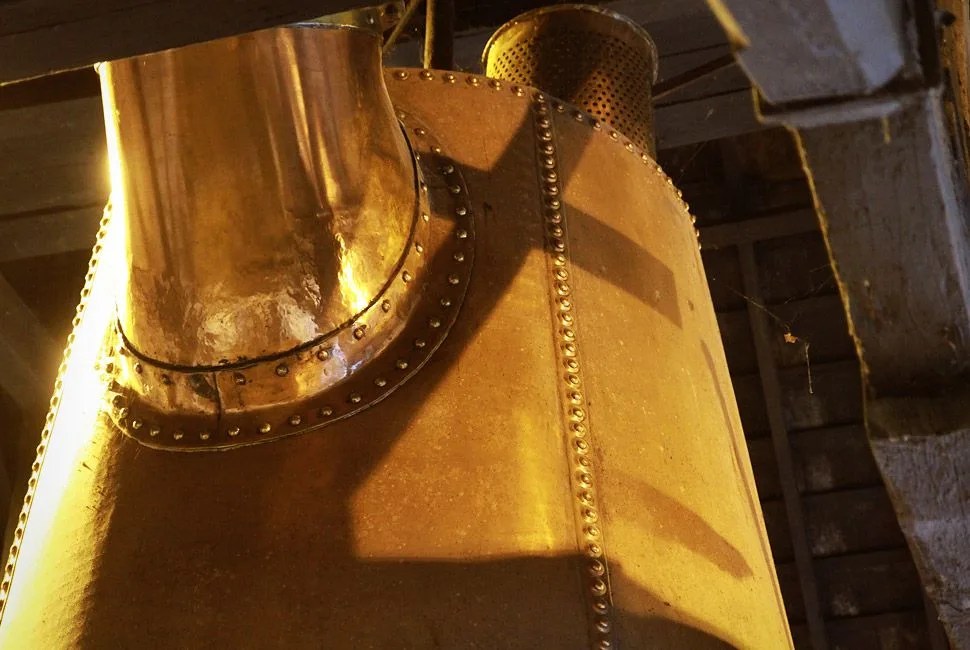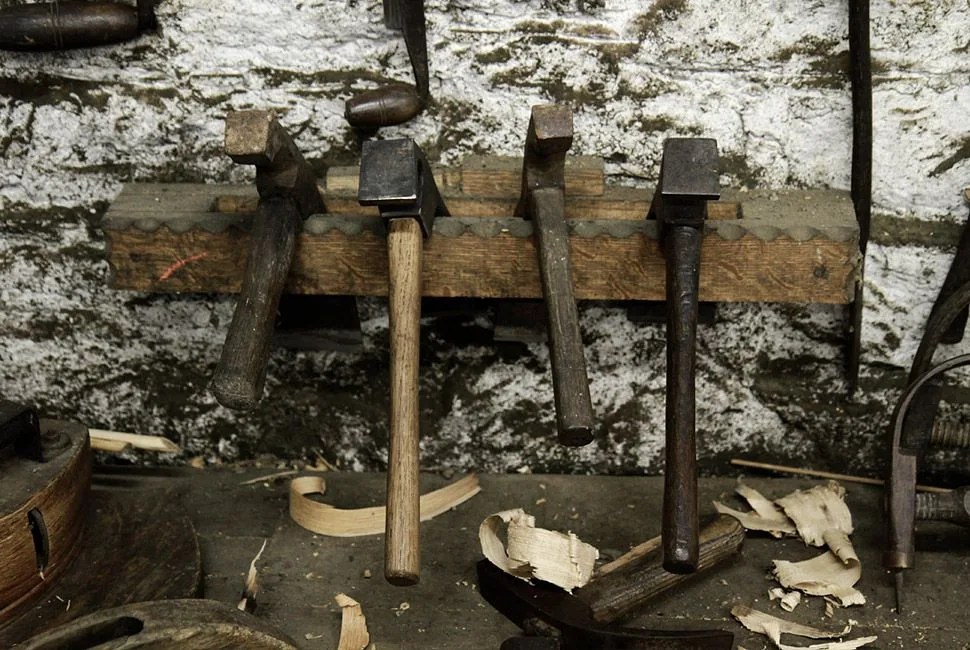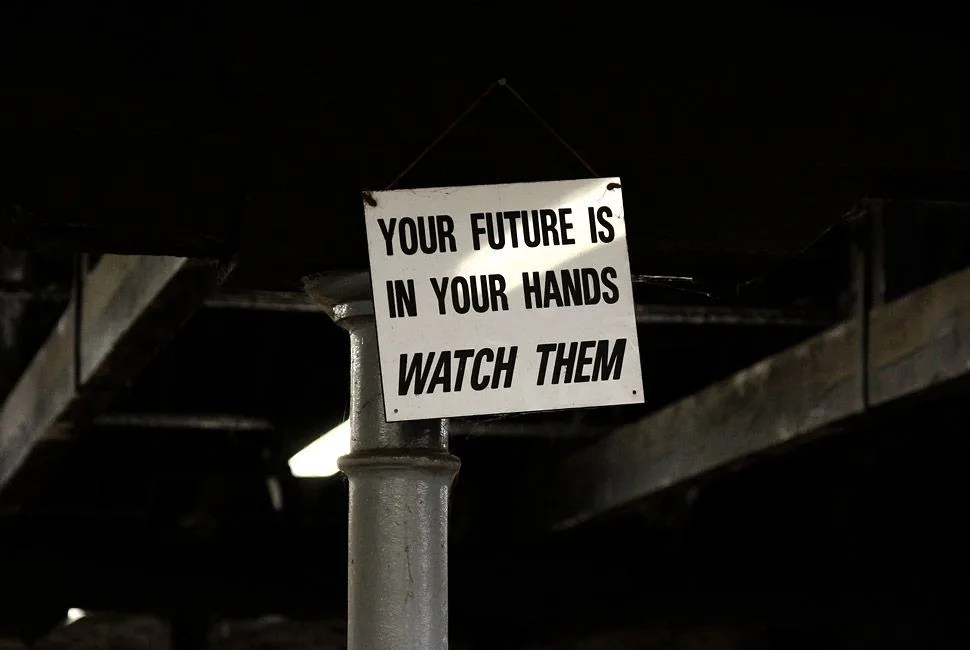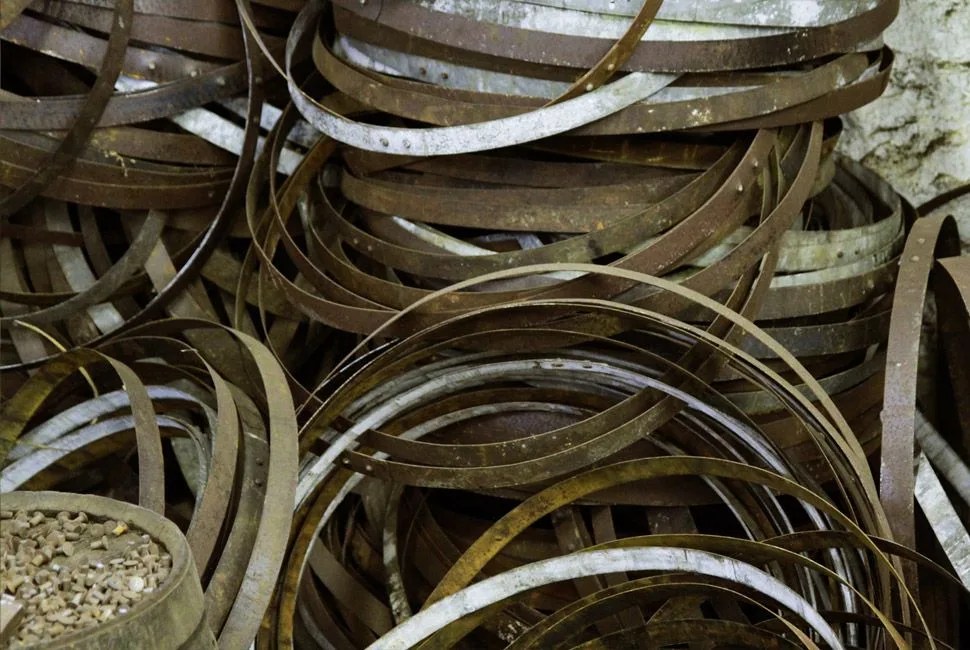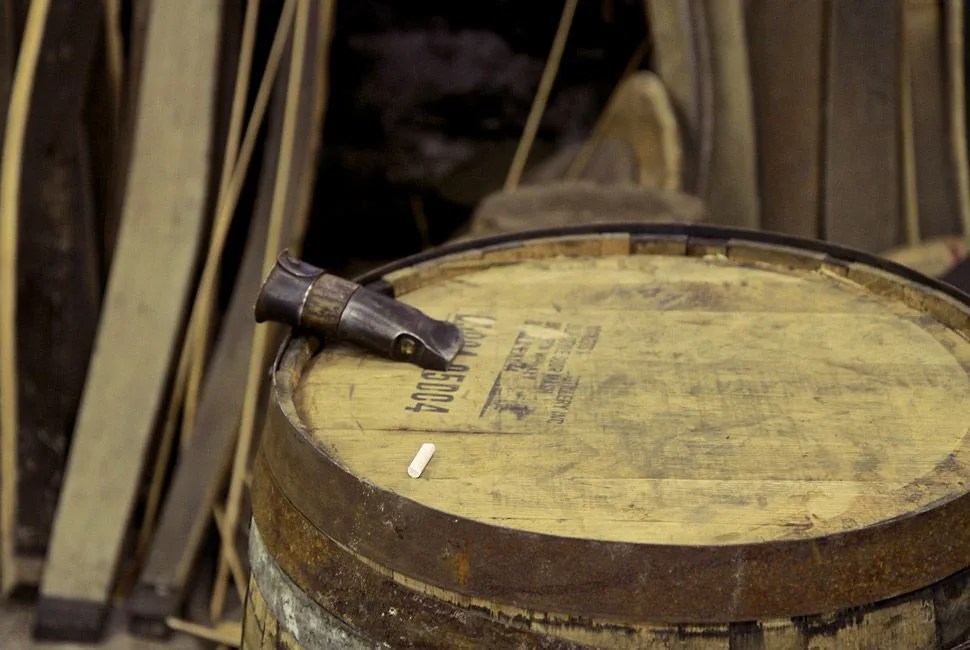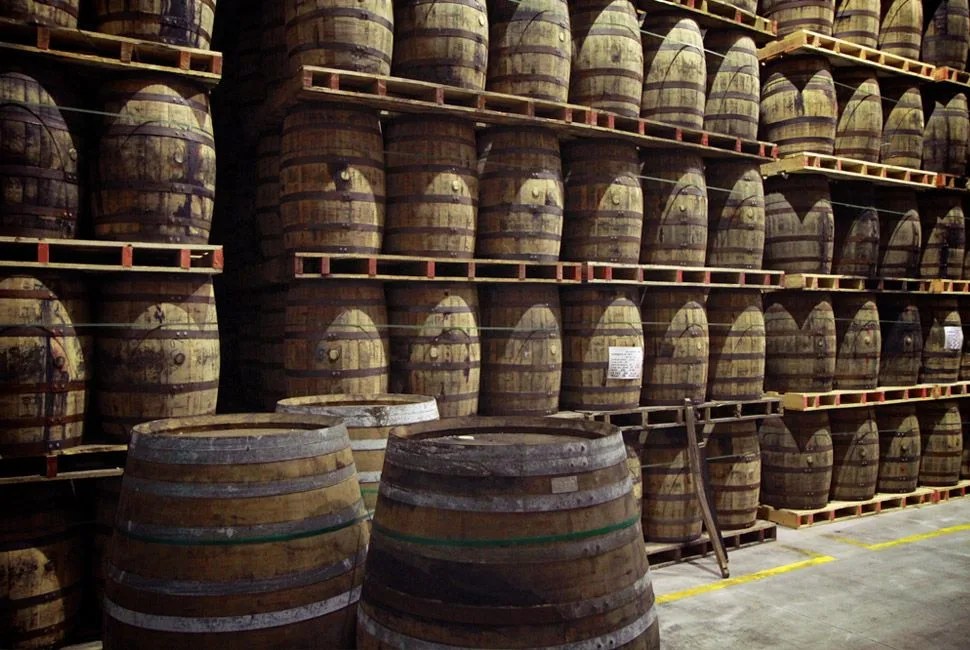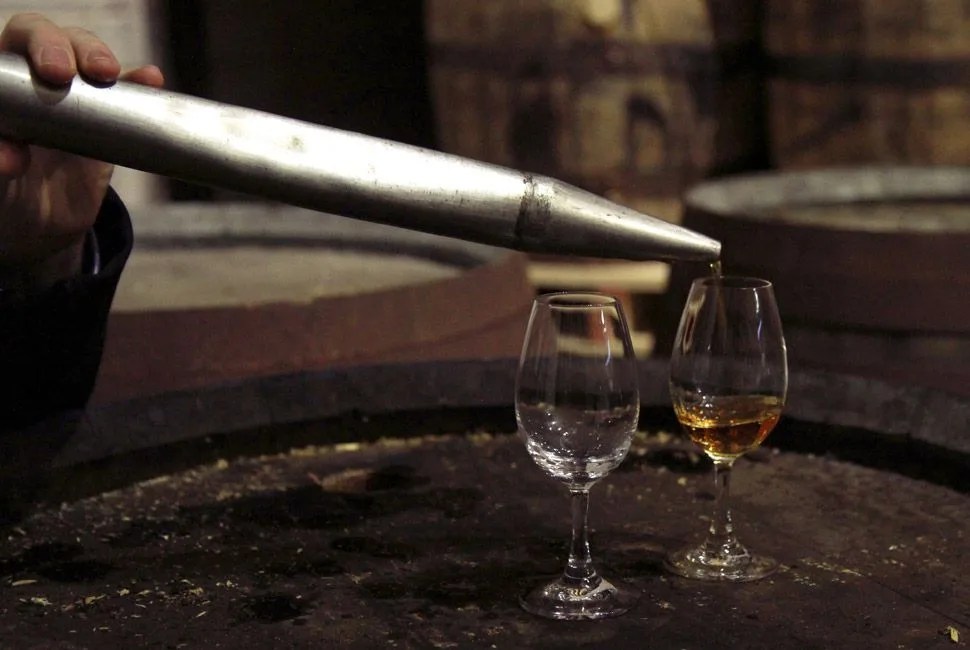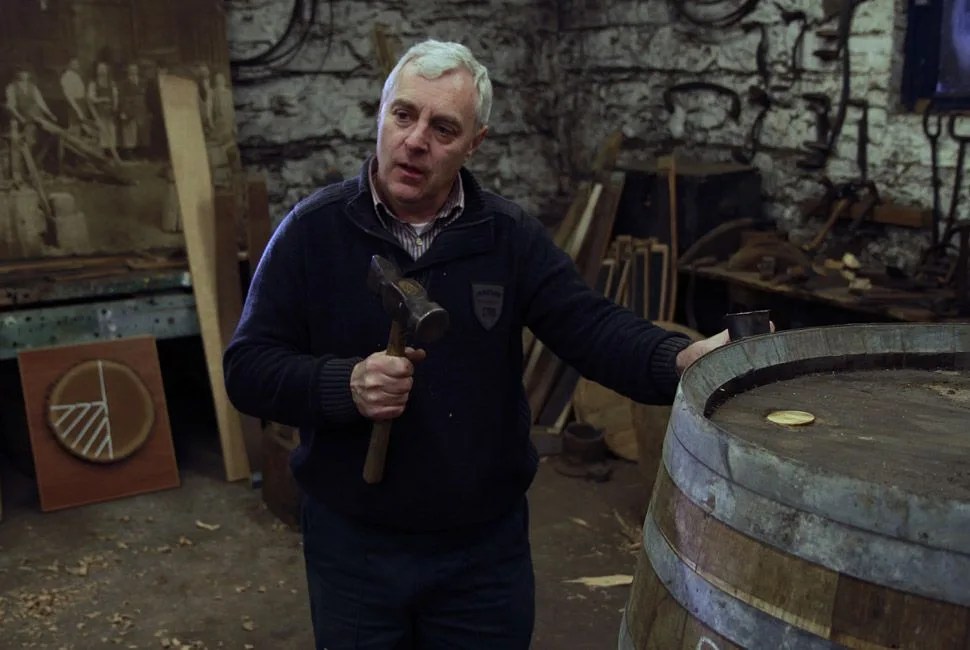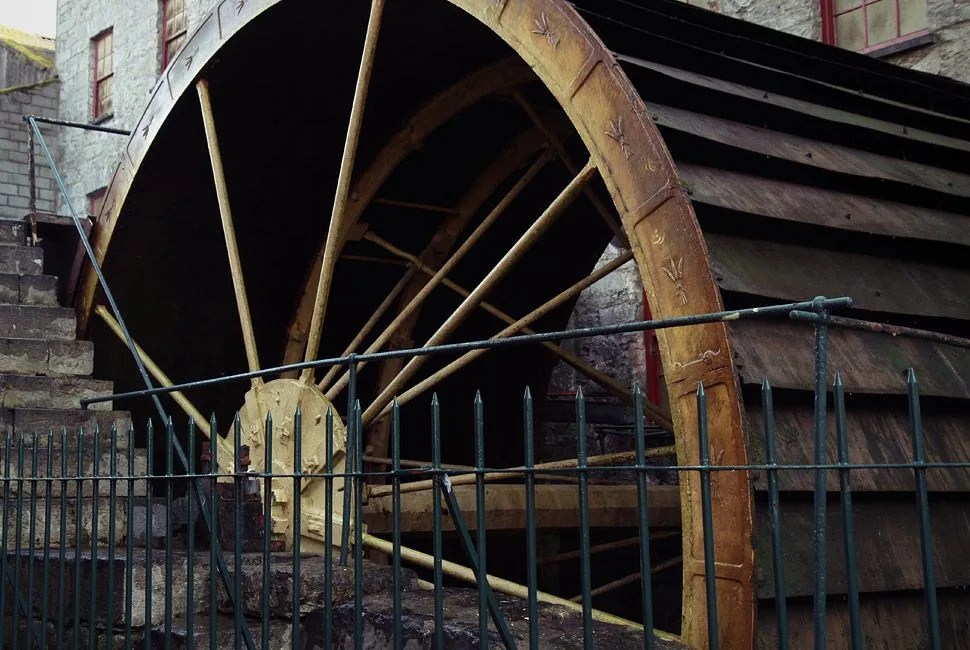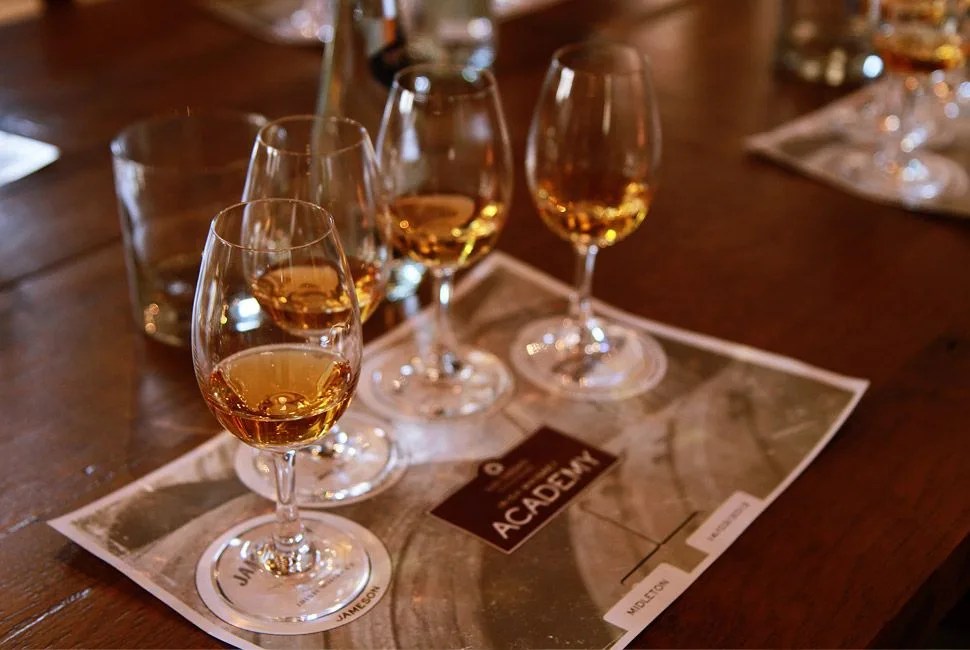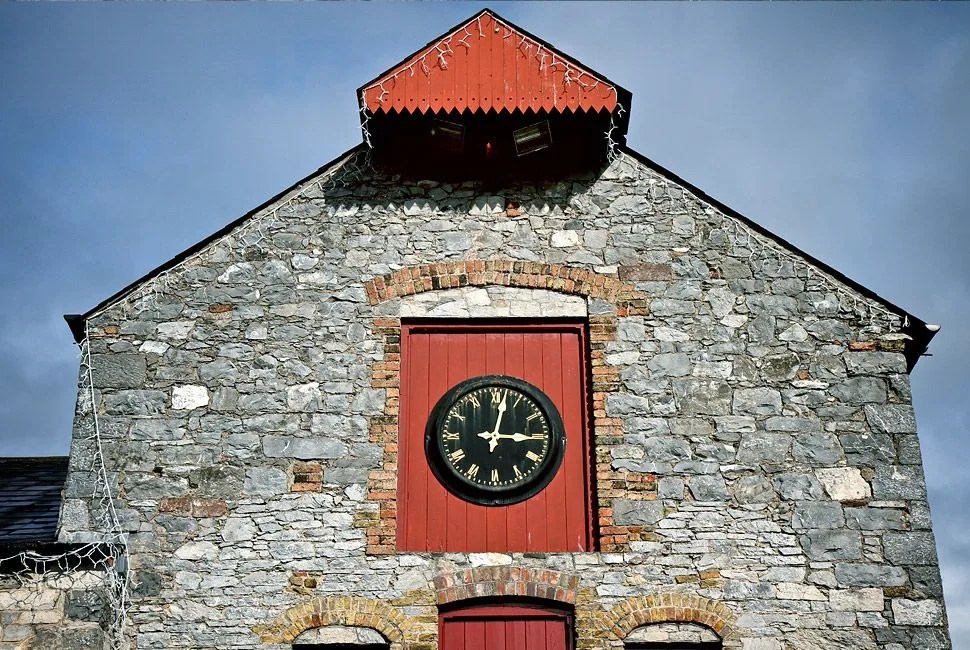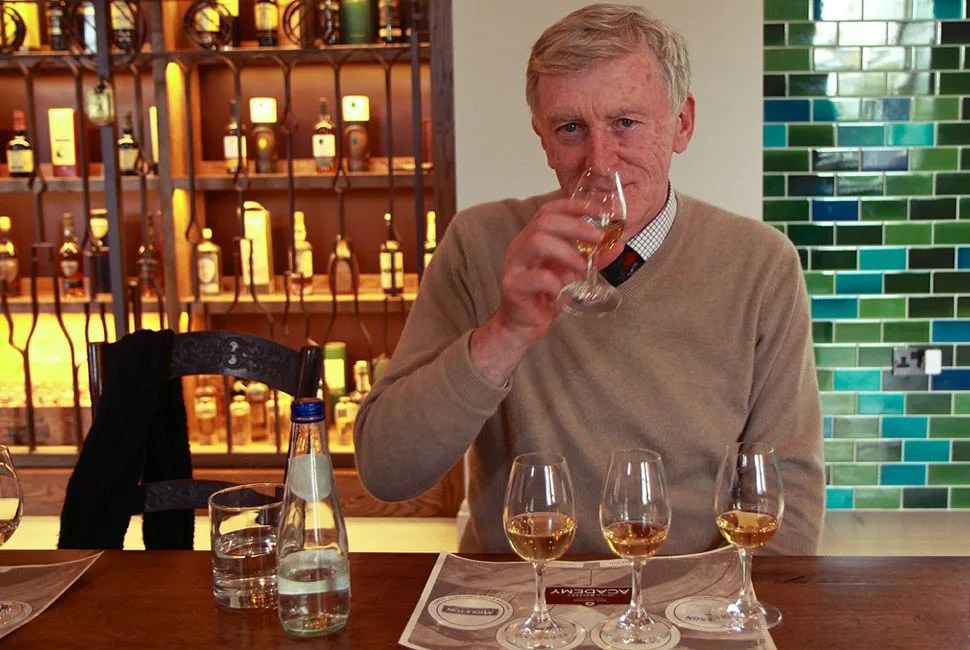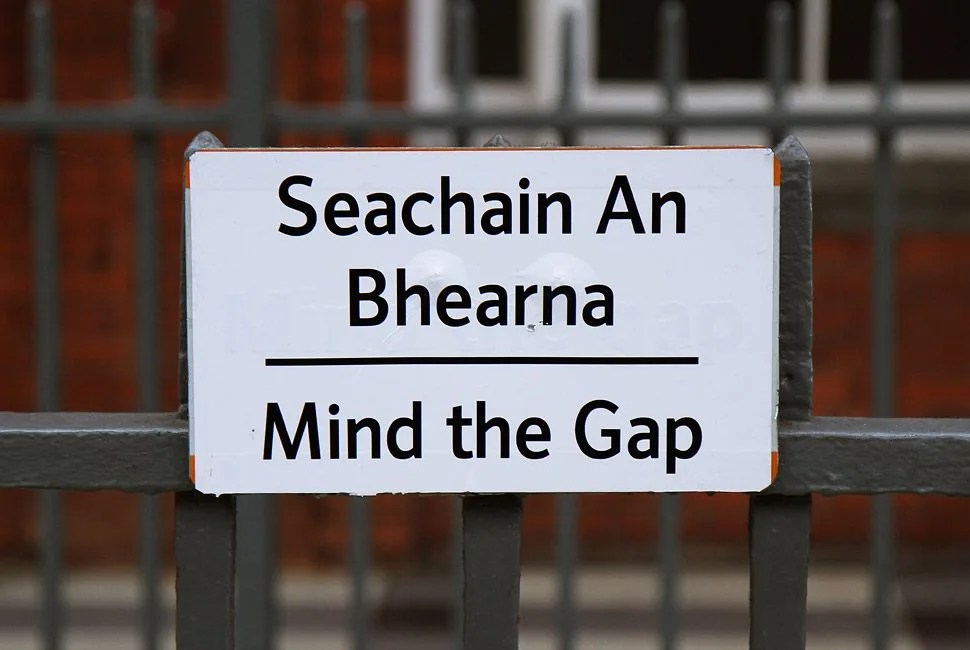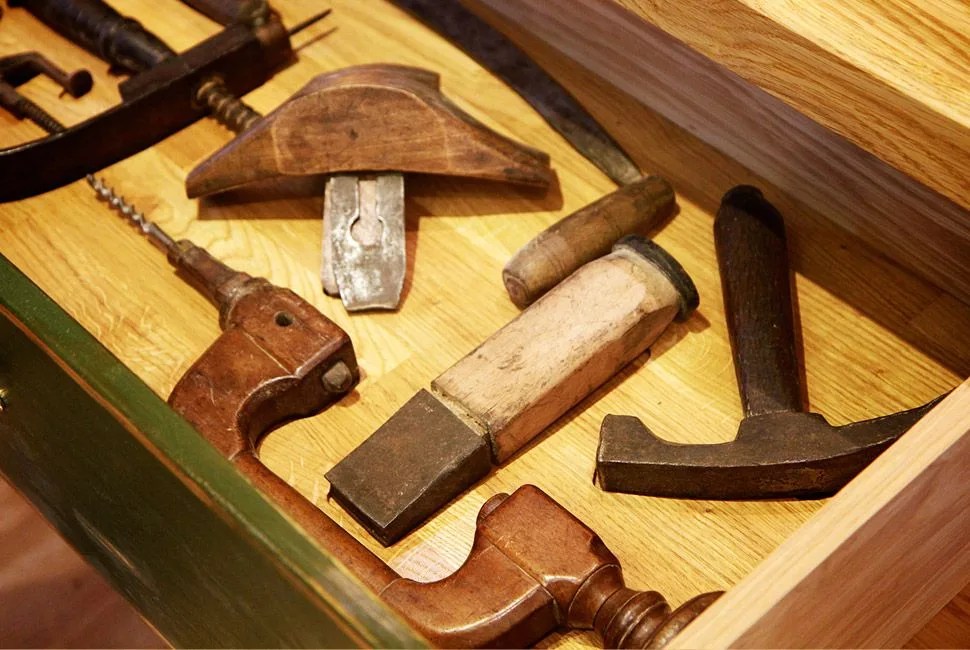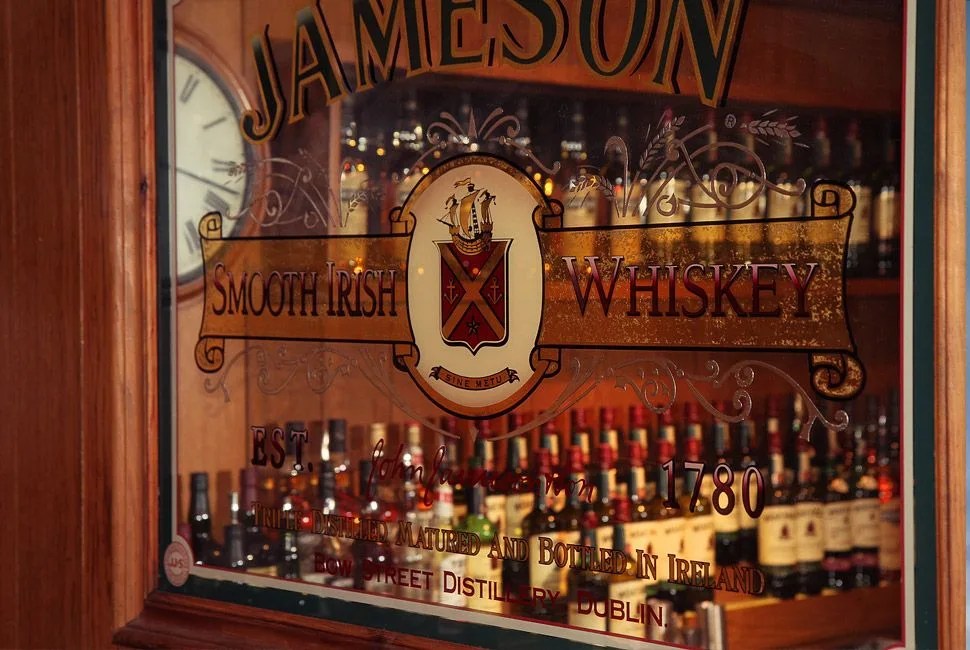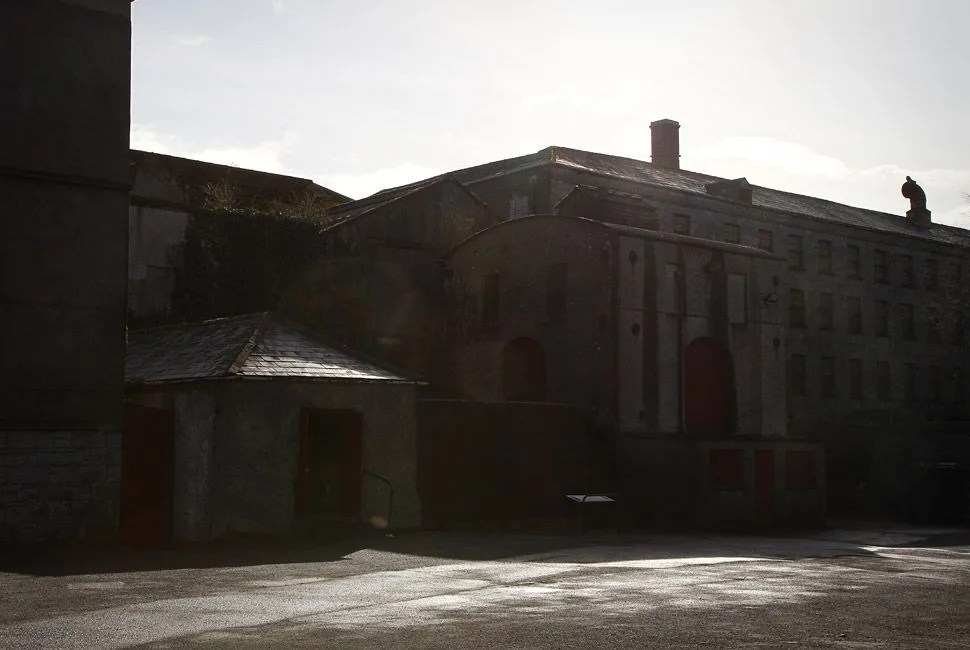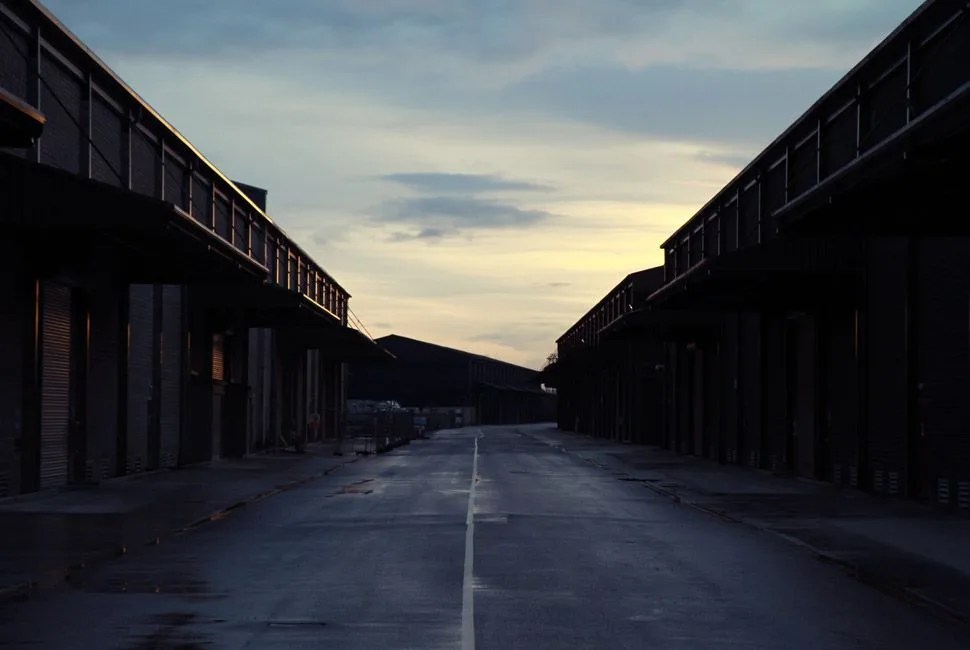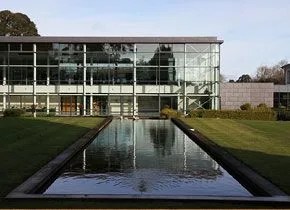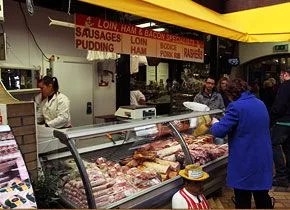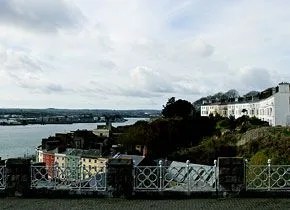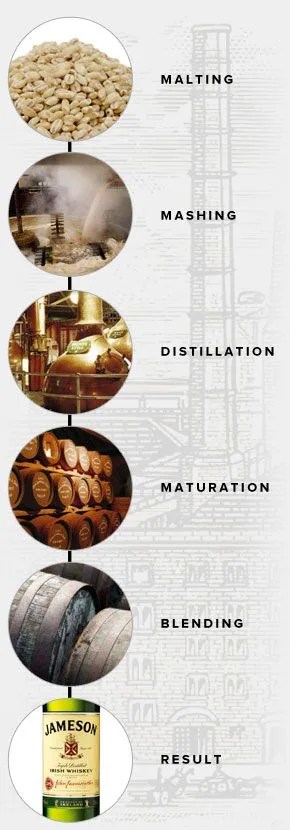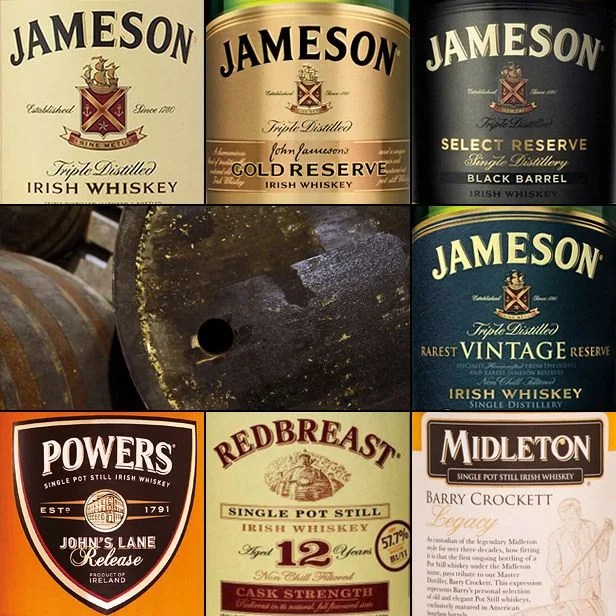21 photos
There’s a published sociologist somewhere who said integration is the key to acceptance. Maybe we’re just paraphrasing Costner’s journal in Dances with Wolves. Regardless of who penned it, whisk(e)y makes a convincing case for the theory. Various cultures, united by their admiration of the caramel liquid’s charms, have each honed their own rituals for conjuring the spirit — and we, the imbibing people, have reaped the benefits of these diverse forms of worship.
Irish whiskey is one tradition that many beyond the Emerald Isle scarcely know, despite the island’s profound role in molding the drink into the revered male favorite it has become. But this wasn’t always the case. At the height of its glory, the product of Ireland’s distilleries was once the favored drink of the British empire, and its most notable ambassador, Jameson, was the world’s favorite whiskey. What happened next reads like a lost Dumas manuscript, complete with revolution, religion and economic turmoil all ending in the drink’s unjust imprisonment. The good news for drinkers is that after patiently biding its time for well over a century, the era of Irish whiskey’s redemption is finally arriving, and it’s easy to spot if you know where to look.
The Midleton Distillery has remained a central figure throughout the industry’s triumphs and disasters, stubbornly persisting when others failed. If you’ve ever tasted Jameson, or Midleton’s other notable products, including Redbreast, Powers or Paddy, you’ve felt its proprietary warming touch from a far. Recently, we were graciously invited to explore the iconic distillery for a day on the cusp of a rare changing of the guard. A brand new distillery — and the future of Midleton’s production, built right next to the existing one — was scheduled to open in just a few months. At the same time, whiskey icon and Midleton’s Master distiller of 47 years, Barry Crockett, was working his final day before retirement. The very same day we were scheduled to visit.
Clearly, our timing couldn’t have been better. The luck of the Irish was with us, and we hadn’t even boarded the plane at JFK.
The Rise, Fall and Rebirth of Irish Whiskey
The word whiskey actually arose from the Anglicization of a Gaelic phrase, “uisce beatha”, meaning “lively water” or “water of life”. History shows the art of distillation reached the island no later than the 15th century, with the first written record of the brew appearing in the Annals of Clonmacnoise, a 17th-century translation of a lost Irish chronicle that covered events on the island from pre-history to 1408 A.D. The whiskey footnote, dated to 1405, came 90 years before the first scrawled mention of the spirit popped up in the kilted land to the north — in the form of a 500-bottle order to a priest, no less. The Irish record was certainly more macabre: it was the death of a local chieftain from too much whiskey at Christmas that inspired some prescient Irish citizen to take a note for ages. Perhaps the medieval Scots just partied harder. Or smarter.
While You’re In Cork..
